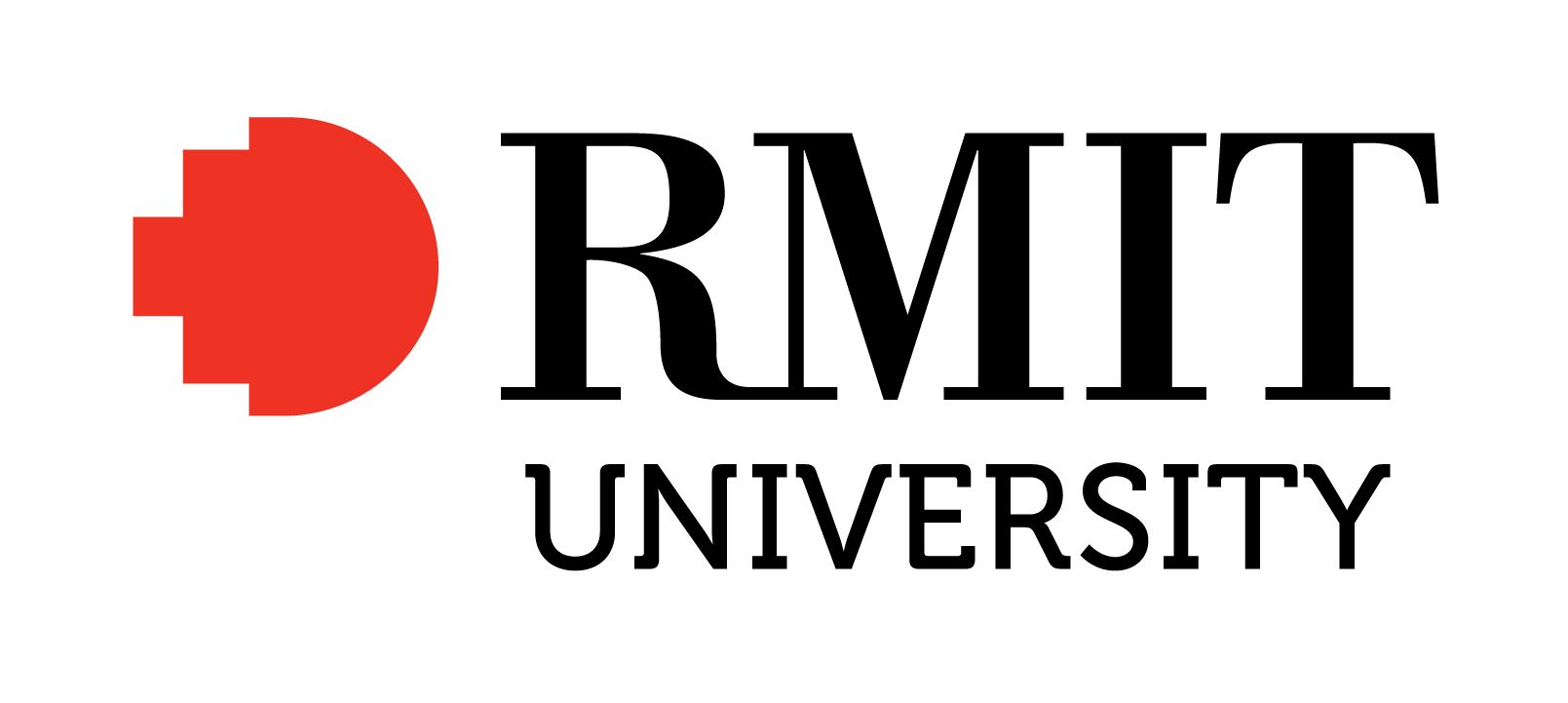Full description
Research Background Interpretation design is an interdisciplinary practice that includes site-specific artworks with interpretive or place-making intent. The field remains poorly understood, with few models of practice and little academic research (Woodward 2009; Weiler 2005). In particular, the role of the designer/artist in such projects remain under-theorised; Cross (2002), among others, attempts to distinguish the designer's role with limited success. In this interstate collaboration for community renewal, playful abstracted sculptural figures populate a previously barren entry to a community venue. Research Contribution The project contributes to knowledge of interpretation design practice through a site-specific art intervention that reinforces and celebrates community identity. It continues my investigation of creating permanent installations in areas where art is an uncommon element in the landscape. The project traverses the boundary between design, public art and community art through a focus on interpretative intent. Workshops with local children produced artworks for inclusion to create a sense of community ownership and connection. Further, the project tests multidisciplinary and collaborative design practice as investigated by Baudke-Schaub et al (2002) and Feast and Di Russo (2013). The design team collaborated across states to adopt roles of community artist, industrial designer and project manager. Research Significance The collaborative design team from Victoria and WA was awarded the project through a rigorous competitive public tender process. Shortlisted on the basis of a concept design and rationale, the project was awarded based on a maquette and interview by the Council's public art panel. The installation forms part of the City of Stirling's permanent art collection. The work interprets and strengthens the identity of the site while providing a significant landmark for the Morris Place community.Issued: 2010-01-01
Created: 2024-10-30
Subjects
User Contributed Tags
Login to tag this record with meaningful keywords to make it easier to discover
Identifiers
- DOI : 10.25439/RMT.27346563.V1



